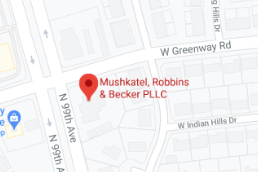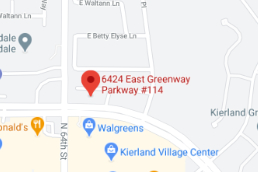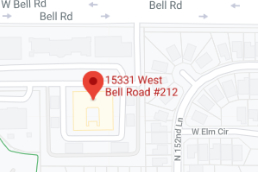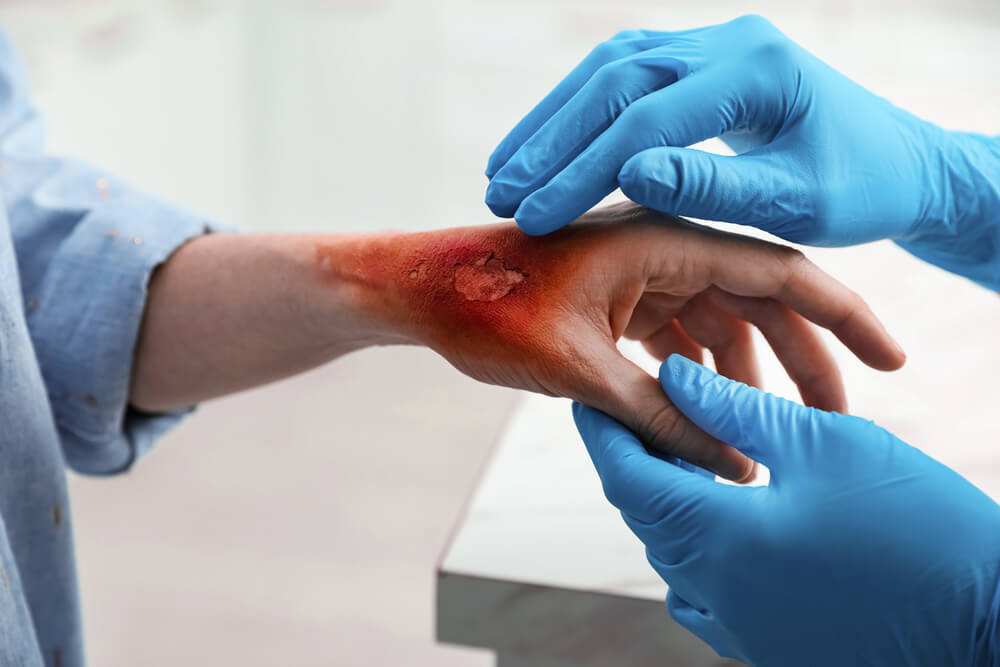
The American Burn Association (ABA) estimates that about 486,000 people require medical treatment for burn injuries annually in the United States. Another 40,000 need hospitalization. Often, the physical and psychological suffering these injuries inflict can be devastating. In the most serious cases, burn injuries can also lead to lifelong scarring and disfigurement.
If you suffered a burn injury at little to no fault of your own, you should consult with an attorney right away. At Mushkatel, Robbins & Becker, PLLC, our team of experienced, compassionate injury attorneys is ready to evaluate and handle your case. We will make sure you know your rights and aggressively pursue the full and fair compensation you deserve. Contact us today to schedule a free consultation with an experienced Arizona personal injury lawyer.
Table of Contents
How Are Burn Injuries Classified?
Burns can be excruciatingly painful and difficult to treat. Burns are classified by doctors into four degrees based on how deeply they penetrate the outer surface of the body, starting with the top layer of the skin and proceeding downward toward muscles and bones.

1st Degree
First-degree burns damage the outermost layer of skin but do not go any deeper. Sunburns are a common example. Symptoms include swelling, inflammation of the affected area, dry peeling, and red skin. First-degree burns can usually be treated at home by running them under cold water, though injuries to particularly sensitive areas may require more attention.
2nd Degree
Second-degree burns affect the first and second layers of the skin. These burns normally lead to blisters. When these burst, the exposed skin may look wet or moist, and the risk of infection increases. Second-degree burns are generally much more painful than first-degree burns. When shallow or limited in range, they can sometimes be taken care of at home. However, victims should seek medical attention if they are burned deeply and/or extensively.
3rd Degree
Sometimes known as “full-thickness” burns, third-degree burns penetrate all layers of the skin and extend into the fatty layers beneath. Nerve endings are often destroyed, meaning that the patient may not actually feel pain in the affected area. These burns often leave the skin blackened or browned. The skin may also char or look like leather when it heals. Third-degree burns can be fatal and require immediate medical treatment.
4th Degree
Fourth-degree burns penetrate well beyond the skin. They may even cause damage to bones, muscles, blood vessels, and connective tissue. These burns require immediate medical treatment. Affected areas are likely to be completely lost and, in the most severe cases, may require amputation.
How Can I Recover Compensation After Suffering Burn Injuries?
The route to legal compensation for your burn injuries will depend on how the underlying accident took place. This section explores three routes toward compensation your attorney may choose to take.
1. Negligence
Negligence is the cornerstone of nearly all personal injury cases. In law, negligence arises when someone fails to take reasonable care to avoid harming others through their actions. For example, someone who accidentally spills boiling water while walking through a crowded room or drops a cigarette butt near an open tank of gasoline may be held liable for negligence if another person is burned. In general, we all owe each other a duty to avoid harming others, but the specific requirements of that duty will vary based on context.
2. Products Liability
Products liability is not nearly as common as negligence, but it can be a powerful legal theory of liability in the right circumstances. Ultimately, it is meant to protect all consumers when manufacturers and distributors put dangerous or defective products on the market.
For example, if you are burned when a poorly designed or assembled stove blows up, or when a corrosive chemical does not come with adequate warning labels, the manufacturer or distributor may be held liable for your injuries. When successfully deployed, this theory normally results in strict liability, meaning that it does not matter how much “reasonable care” the defendant took to protect consumers.
3. Workers’ Compensation
Workers’ compensation is state-mandated insurance paid for by employers to cover employees when hurt on the job. This legal route to compensation is distinct from the previous two because it does not matter who was at fault for the accident. Eligible employees will be covered regardless of whether they or their employer caused the accident. By Arizona law, an employer with one or more full-time employees is required to carry workers’ compensation insurance. That said, subject to very limited exceptions, they are also barred from suing their employer to recover additional compensation in civil court.
What Compensation Can I Recover for My Burn Injuries?
If you successfully prove fault for the underlying cause of your burns, the at-fault party may owe you a wide variety of compensation. You may be reimbursed for the economic and non-economic aspects of your loss, including things like:
- Medical bills
- Lost wages
- Lowered earning capacity
- Physical pain and suffering
- Permanent scarring and disfigurement
- Emotional distress
- Lowered quality of life
- Loss of consortium
- Wrongful death
- Funeral and burial expenses
However, if you attempt to recover compensation for burns sustained in a workplace accident, the benefits available through a workers’ compensation claim may be somewhat different. For example, you may be entitled to lifetime medical benefits when reasonably necessary, but your wage-replacement benefits cannot exceed the statutory cap.
In all circumstances, our attorneys are ready to evaluate your case. We will make sure you know all your legal rights and options, as well as identify all sources of liability and compensation.
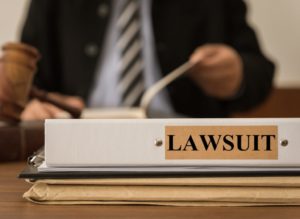
Is There a Deadline for Filing My Burn Injury Claim?
In most personal injury cases, Arizona law gives you two years from the date of injury to file a lawsuit against the at-fault party. The same deadline governs product liability cases. However, if you attempt to recover compensation through a workers’ compensation claim, you must file it within one year of being injured. You must also report your accident to your employer as soon as possible.
It is extremely important that you comply with these filing requirements. Failure to do so normally eliminates your right to compensation. The best way to make sure you do not miss the deadline governing your case is to consult with an experienced personal injury attorney as soon as possible after you are injured.
Contact a Glendale Burn Injury Attorney Today
Burn injuries can be extremely painful. In serious cases, they can result in long-term disability, permanent disfigurement, and serious psychological trauma. If you were injured in a burn accident at little to no fault of your own, you should consult with a burn injury attorney as soon as possible to discuss your right to legal compensation from the at-fault party. Contact Mushkatel, Robbins & Becker, PLLC, today for a free, no-obligation consultation with an experienced Glendale burn injury lawyer.









